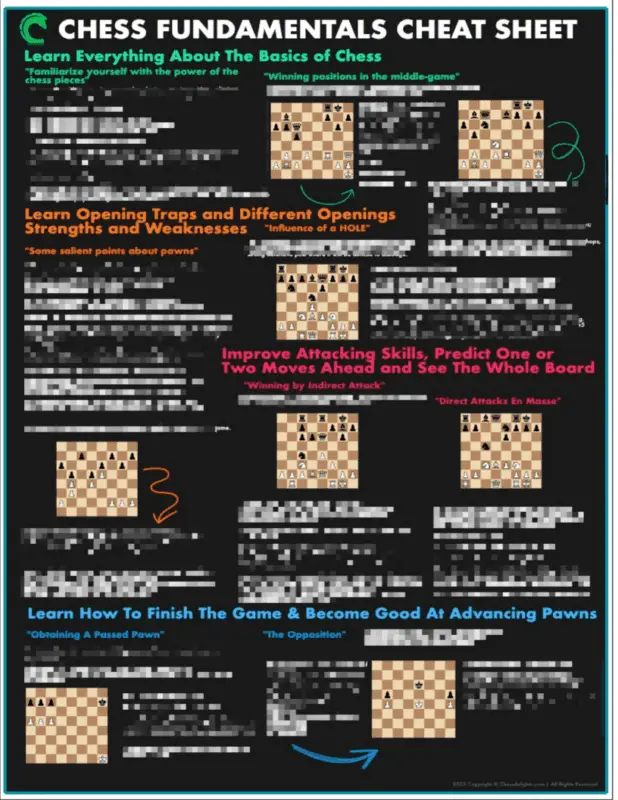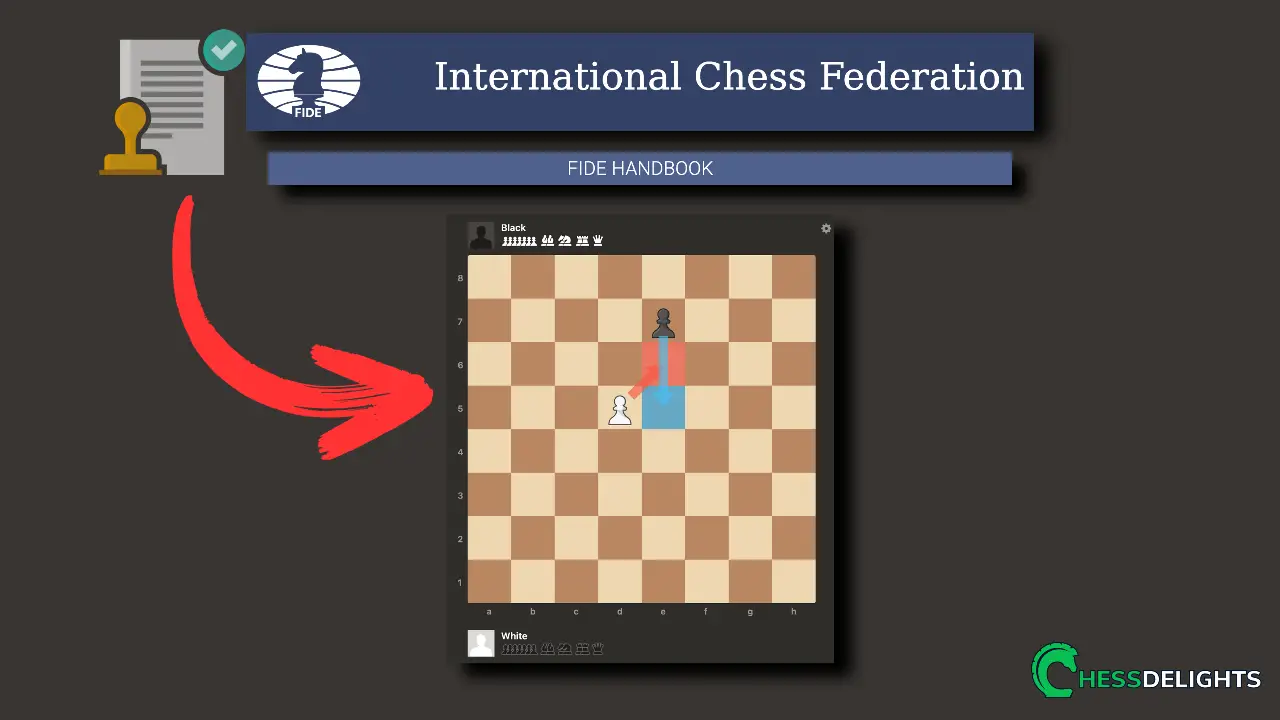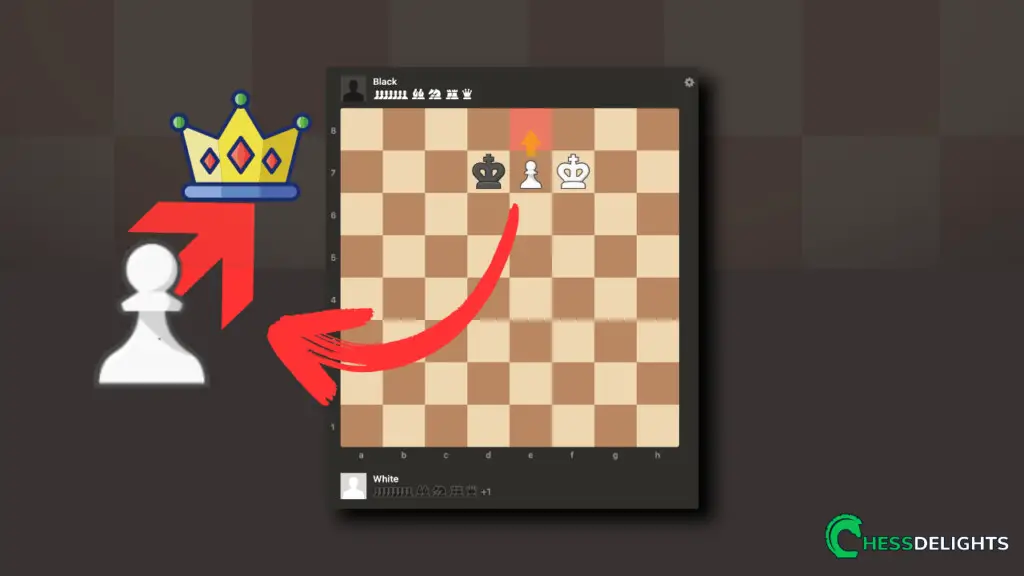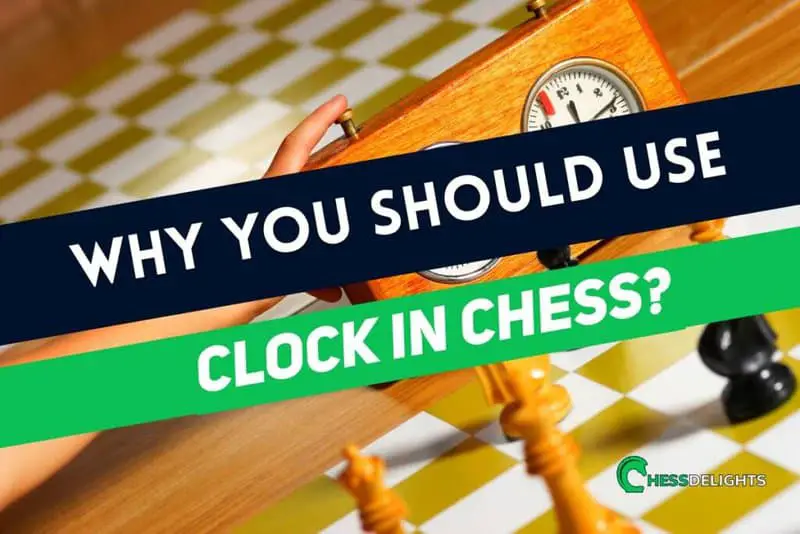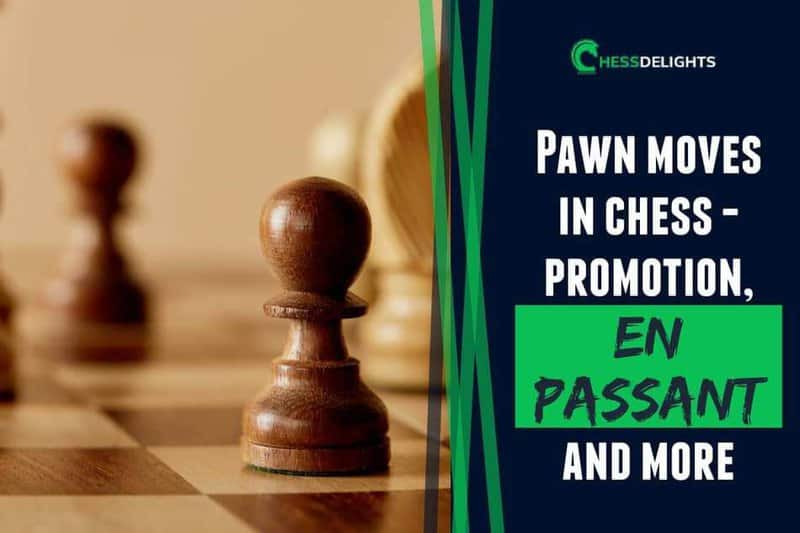I have observed many chess players doing chess en passant moves and encountering issues most of the time with their opponent.
The number one reason they tell me is because their opponent doesn’t know what it is.
En passant is a special move in the game of chess.
The term “en passant” is a French phrase that means “in passing”.
And it is a legal chess move…
So, why is it a special pawn move? It is a special pawn move because of a situation that can occur when a pawn moves two squares forward from its starting position and ends up beside an opponent's pawn. The opponent’s pawn can capture the pawn via en passant. It’s as if the opponent's pawn could have captured the moving pawn had it only moved one square forward.
Before making this move, it is important to be aware of certain rules to prevent mistakes or the loss of your opportunity.
Table of Contents
Important Chess En Passant Rules To Follow
You’d probably think that en passant is the most misunderstood rule in chess. But it’s actually really easy to understand.
To make an en passant capture, the following rules must be met:
- The capturing pawn must be on its fifth rank (for White) or fourth rank (for Black).
- The opponent's pawn must have just moved two squares forward from its starting position.
- The capturing pawn must immediately make the capture on the next move.
Here’s how it works:

Here you can see that white is on the 5th rank and black is on the 4th rank. Once the white pawn moves to d4, black can capture it with the special move, same with black moving to e5, white can take with en passant.
And the special move should be played immediately after the opponent move two squares forward.
Recommended reading: If you want to read more about different rules for pawn, check out this article for a complete chess pawn rules reference.
Origin History Of En Passant Move
Did you know that in Asian chess variants, the en passant rule is not applied at all? That specific rule was not universally accepted by all nations involved in chess.
The en passant rule was one of the last significant rule changes made to chess games, along with the double forward square move of pawns, the king's castling rule, the queen's powerful moves, and the bishop's previous two square moves into long diagonal moves.
Most experts argue about why that move was introduced…
It was created to compensate for the double forward square move of a pawn that avoids an opposing pawn.
The question now is: when is the best time to play it in a game?
[snippet]
When Should You Play En Passant
The best strategy to perform this special move is when it gives you a tactical advantage, such as gaining a stronger position or capturing an opponent's pawn while improving your own position on the chessboard.
It is typically used to disrupt the opponent's pawn structure or to create openings for your own pieces.
Let’s take a look at checkmate examples by en passant:
[/snippet]
En Passant Checkmate Examples
I was searching for the best examples on the internet, and I found one example that ended with a checkmate.
NM Frederick Rhine, mentioned that it is uncommon to find a game that ends in checkmate through capturing a pawn en passant, as opposed to checkmate by castling.
Recommended reading: If you want to read more about strategy and rules for castling in chess, check out this article for a complete chess castling guide.
However, he noted that en passant checkmate has become more prevalent in recent times due to the ability to play numerous games online.
Here is an example of chess en passant checkmate:
1. Queen’s pawn game
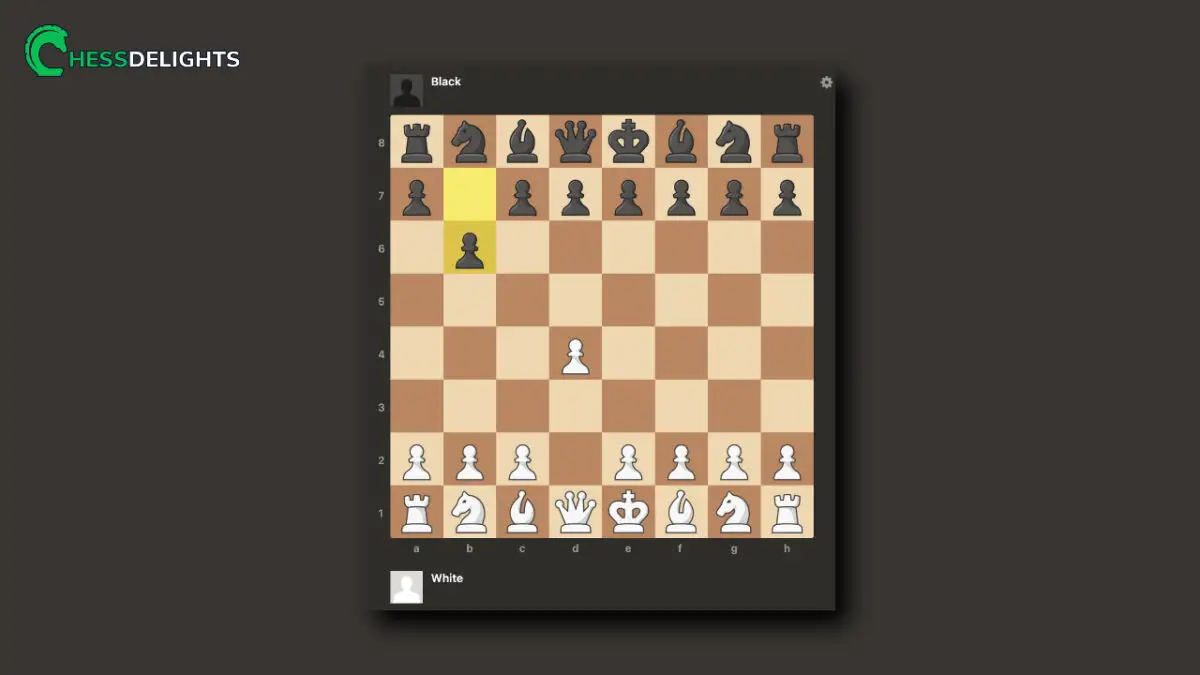
For this example, white wins by en passant checkmate.
It took 33 moves to finish the game, and Black played Queen’s fianchetto.
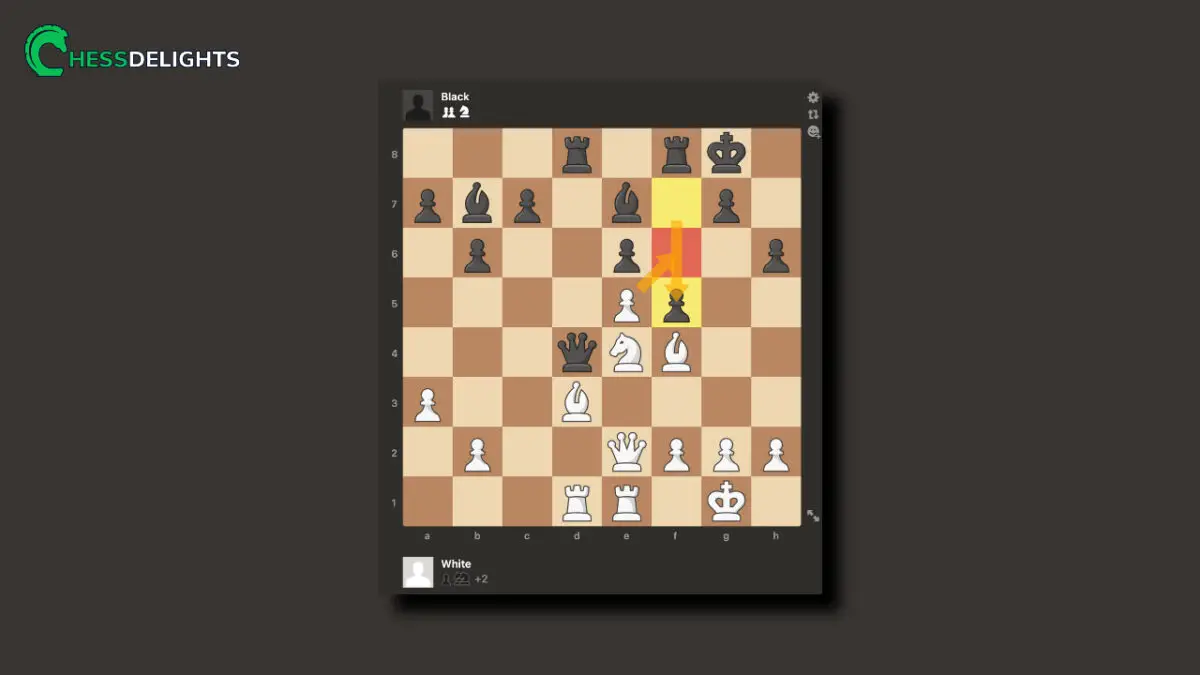
On this 18th move of the game, Frederick played his first en passant capture.
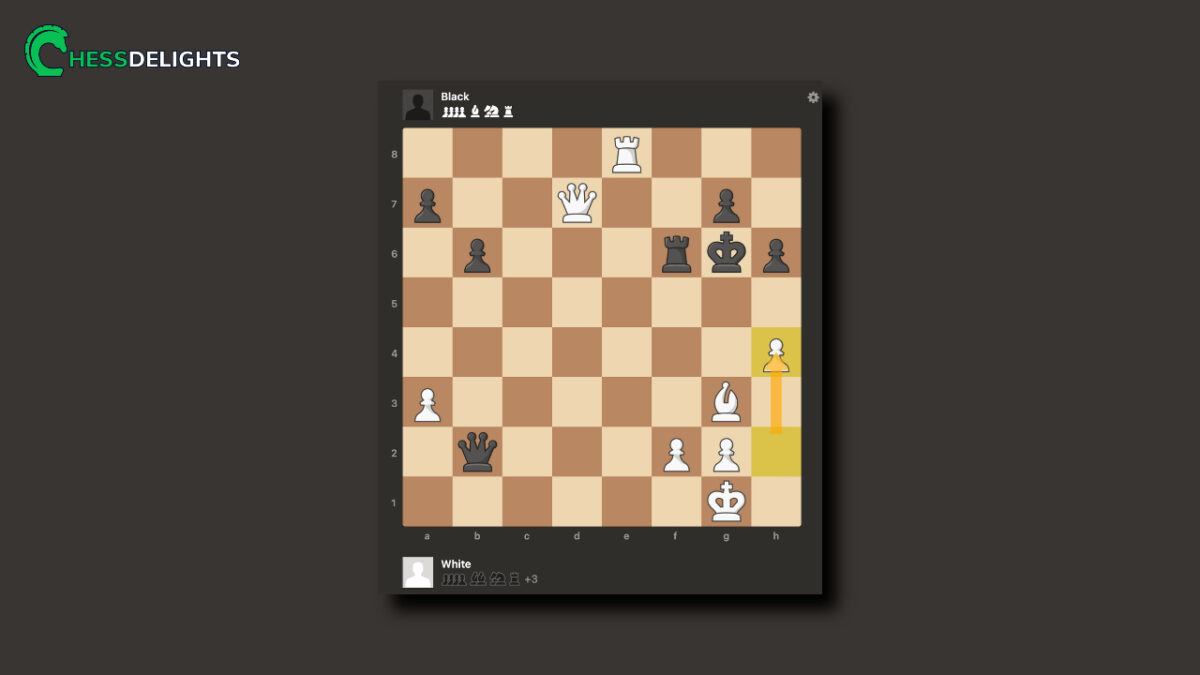
On this 27th move, white moves its pawn to h4, which doesn’t seem to be a threat at all.
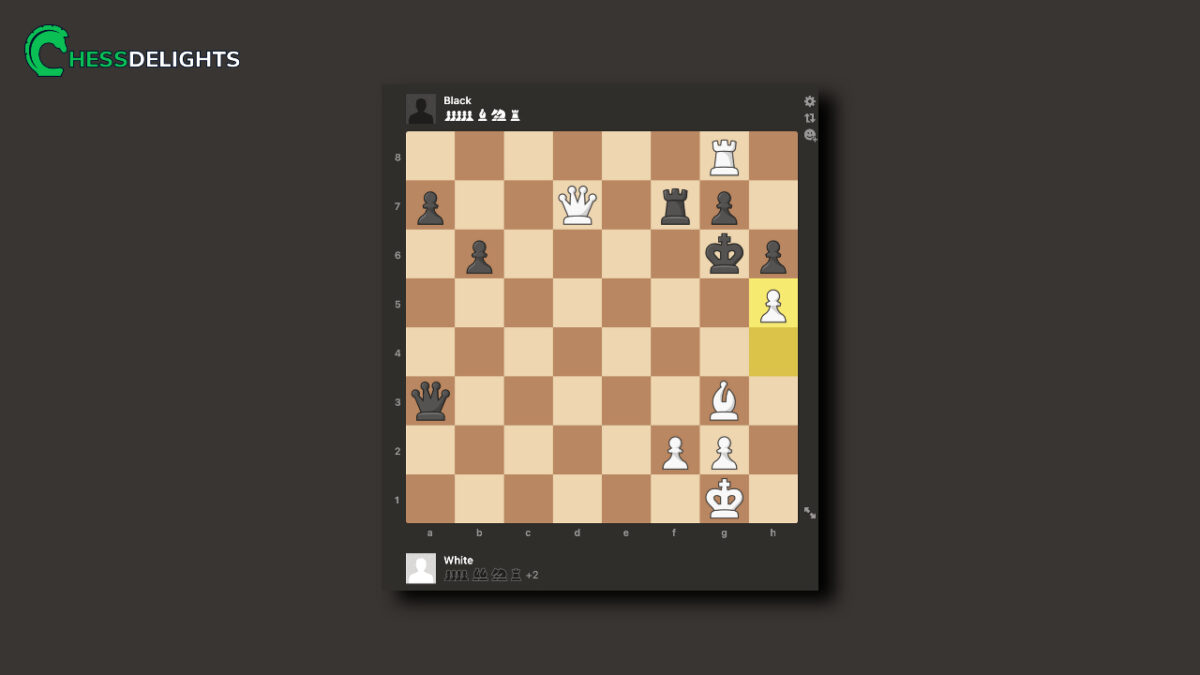
On the 29th move, white checked the black king, which is an excellent move, and white will be able to capture the black rook no matter what black moves.
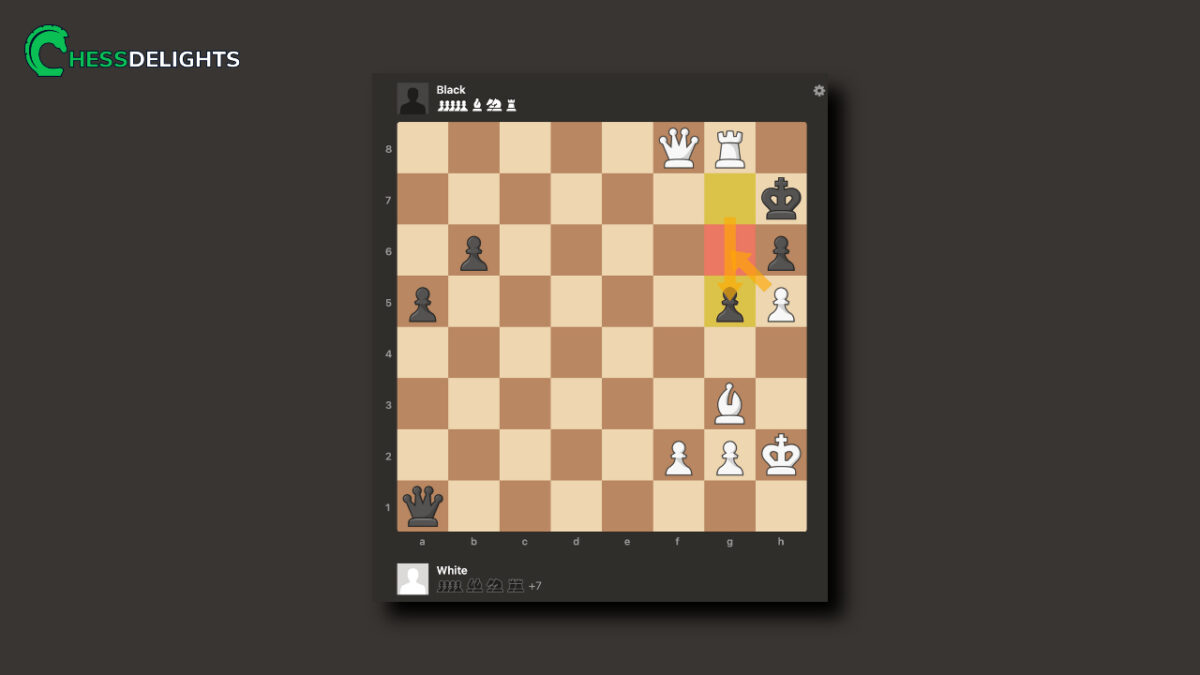
On the 32nd move in the game, it is clear that the game will end in checkmate.
The last move of the game is where an en passant capture and checkmate are performed.
You can follow this chess game using the notation below:
1. d4 b6 2. e4 ♗b7 3. ♗d3 e6 4. ♘f3 ♘f6 5. ♕e2 h6 6. e5 ♘d5 7. a3 ♗e7 8. c4 O-O 9. cxd5 ♗xd5 10. ♘c3 ♗b7 11. O-O d6 12. ♘e4 dxe5 13. dxe5 ♘c6 14. ♗f4 ♘d4 15. ♘xd4 ♕xd4 16. ♖ad1 ♖ad8 17. ♖fe1 f5 18. exf6 ♗xf6 19. ♘xf6+ ♕xf6 20. ♗xc7 ♖xd3 21. ♖xd3 ♗a6 22. ♗g3 ♗xd3 23. ♕xd3 ♕xb2 24. ♖xe6 ♖f6 25. ♖e8+ ♔f7 26. ♕d7+ ♔g6 27. h4 ♕xa3 28. ♖g8 ♖f7 29. h5+ ♔h7 30. ♕xf7 ♕a1+ 31. ♔h2 a5 32. ♕f8 g5 33. hxg6# [1-0]
Chess Notation For En Passant
If you’re playing a game or analyzing a chess game and you find a suffix of ‘e.p.’ , it indicates that the capture was done using an en passant move. The correct chess notation is adding the suffix ‘e.p’.
Here’s a simple example of chess notation for en passant:
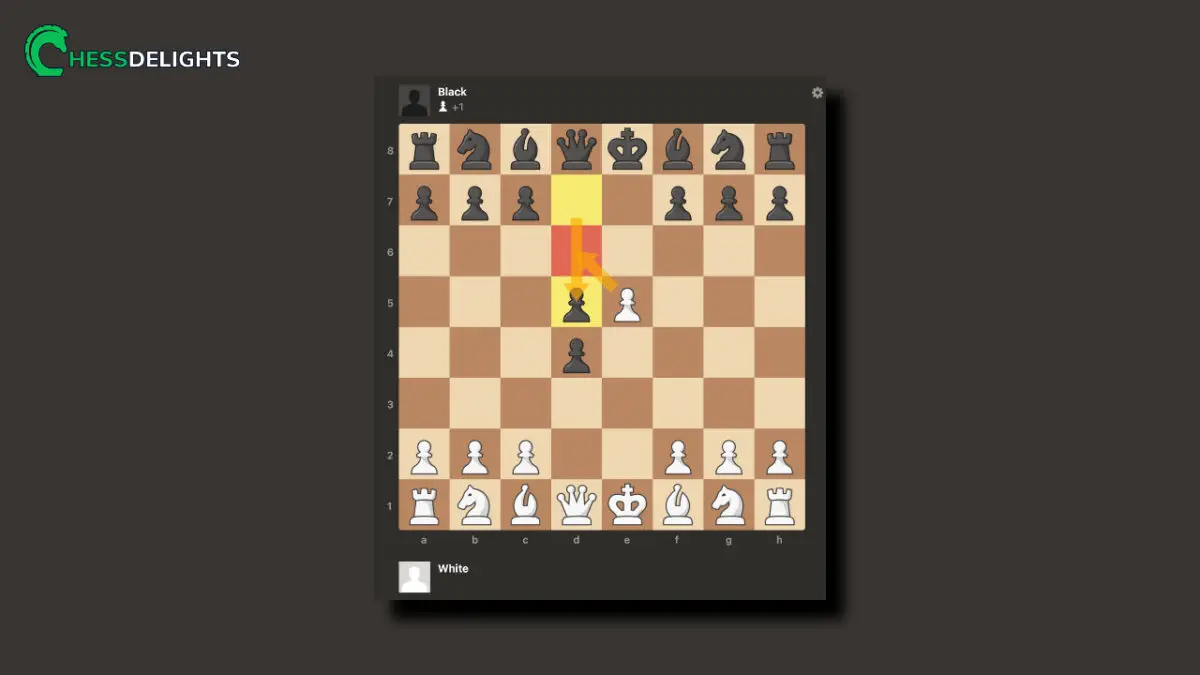
1. e4 e5 2. d4 exd4 3. e5 d5 4. exd6 e.p
Note: Sometimes you will not find the symbols e.p in a chess notation because the author already assumes that you know what an en passant move already is.
There are several reasons why you’d want to know its chess notation, one of them is when you are analyzing a game.
Another is if you are playing in a tournament; players are sometimes required to record their moves using algebraic notation. It must be correctly indicated in the notation to ensure fair play and an accurate recording of the game.
Writing the correct chess notation helps players study their chess games.
Frequently Asked Questions
Is En Passant Legal Move In Chess?
Yes, en passant is a legal move in chess. It is a special pawn capture that can only occur under specific circumstances.
When an opponent moves their pawn two squares forward from its starting position, and that pawn lands beside your pawn, you have the option to capture it “en passant.” This move allows you to capture the opponent's pawn as if it had only moved one square forward.
The special move can only be played on the very next move after the opponent's pawn moves two squares forward, and if you choose not to use it on that next move, the opportunity is lost.
Useful External Resource: If you want to read and learn more about other chess laws, check out this FIDE Handbook.
How Many Times Can You Use En Passant?
You can perform an this special move as long as there are enemy pawns adjacent to your pawn that can still make a double square move.
In my personal experience, I have only made a maximum of two en passant moves in a single game.
However, it is possible for it to occur more than three times or for a combined total of moves by both players to happen in a single game.
The important thing to remember is that there is no specific number or limit on how many times you can utilize it in a chess game.
Can Any Pawn Make An En Passant Capture?
Yes, any pawn can make an en passant capture as long as the conditions or rules mentioned above are met.
If these conditions are satisfied, the capturing pawn can capture the opponent's pawn using this special move, removing it from the board as if it had been captured in a normal capture.
Can The En Passant Move Be Used As A Defensive Tactic?
Yes, it can be used as a defensive tactic in certain situations. It can help prevent the opponent's pawn from advancing and potentially creating a strong position. By capturing the opponent's pawn, you can disrupt their pawn structure and gain an advantage.
What Happens If I Miss The Opportunity To Make An En Passant Capture?
If you miss the opportunity to make an en passant capture, you cannot go back and take advantage of it later.
It can only be made immediately after an opponent moves their pawn two squares forward from its starting position, and lands beside your own pawn. If you fail to make that move during this instance, you lose the chance to make that move for the rest of the game.
Are There Any Restrictions For The En Passant Move?
The only restriction is that it can only be made immediately after an opponent's pawn moves two squares forward from its starting position.
To capture your opponent's pawn, you must execute the capture immediately on the next move. The capturing pawn is moved diagonally into the square where the moving pawn would have been if it had only moved one square forward. The moving pawn is then removed from the board.
En passant is a unique rule in chess that adds complexity and strategic depth to the game. It is important for players to be aware of this rule and consider its implications when planning their moves.
Enjoy playing and learning chess!
Essential Chess Resources: Let's take your learning to the next level by checking out our recommended chess resources.
